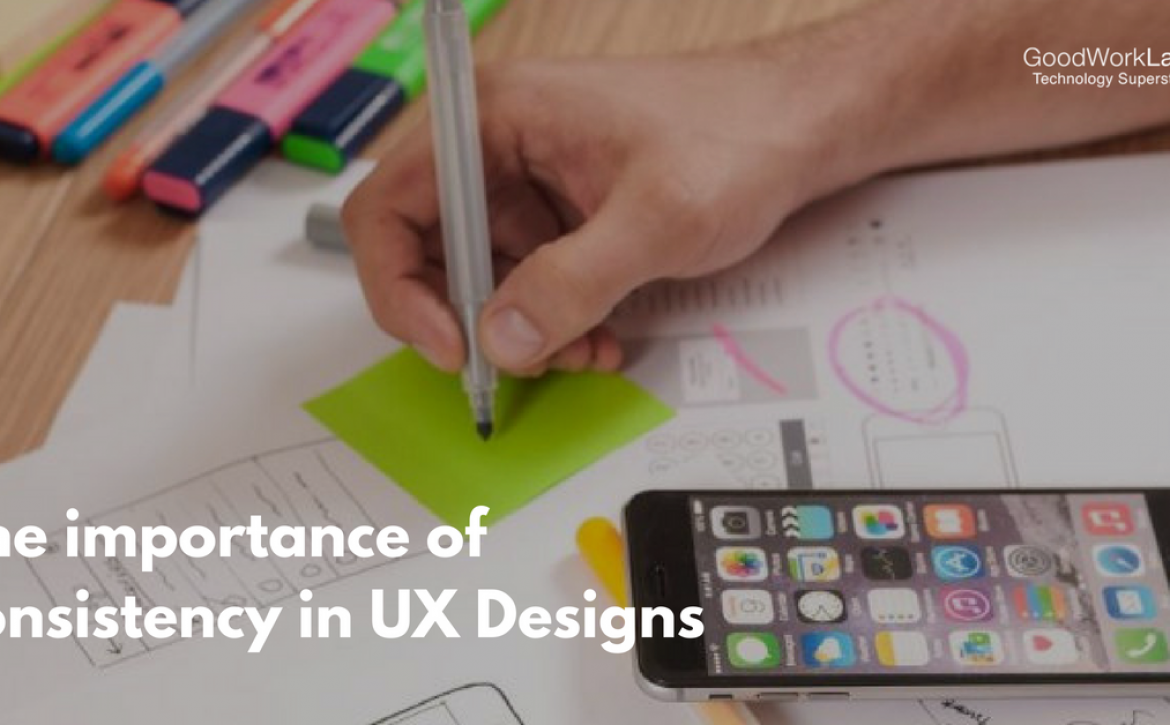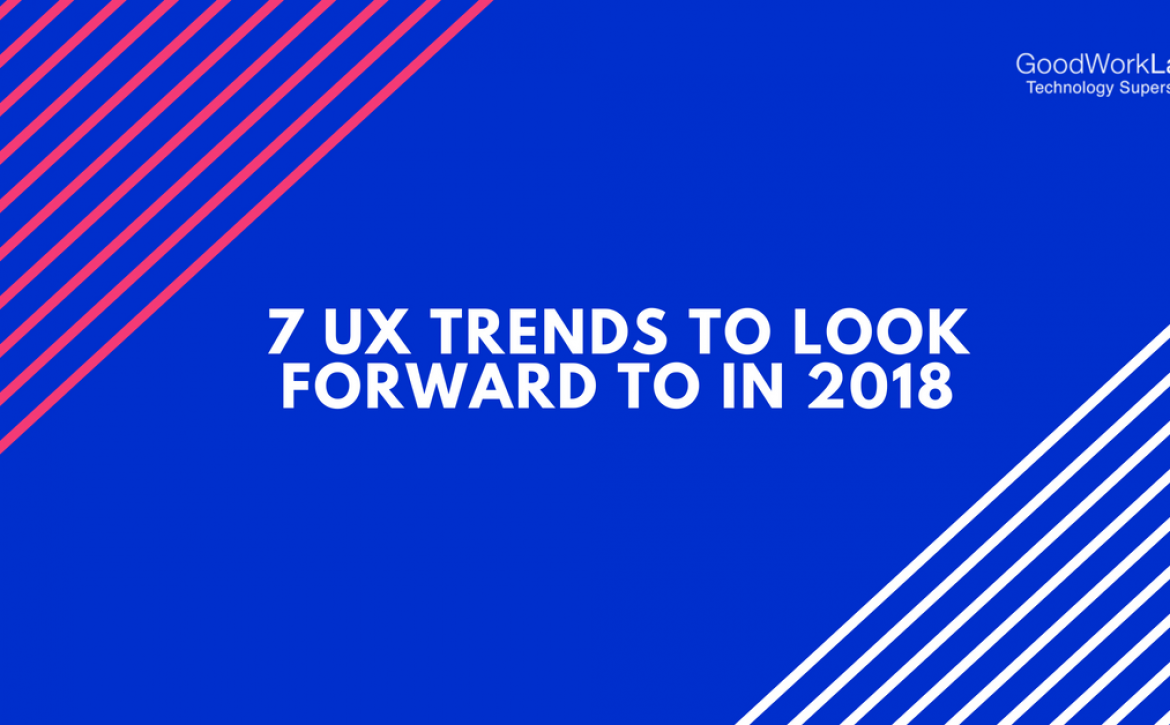The Importance Of Embracing Consistency In UX Design
Is your UX Design Consistent?
Consistency is an aspect that catapults a brand to the peak of success. Whether yours is a service-oriented startup or an exciting e-commerce venture, consistent approaches will lead to effective branding and highly accelerated bottom lines.

This remains true when it comes to delivering outstanding User Experience. Every brand has a digital representation today. It goes without saying that you have to leave indelible impressions in the minds of your target audience, and that’s only possible when you have an attractive website with impressive UX design.
Revealing the truth
User Experience design is an integral part of a website. A site that fails to make a mark and impress its target visitors will be abandoned by almost 88% of digital customers. Wish to know more? Well, the following stats will act as an eye-opener. Sites with poor loading speed cost a whopping loss of $2.6 billion to retailers. Now, that’s a huge thing for you if you are operating in the retail arena.
Inconsistent, unimpressive, and complicated UX design approaches will surely not lead to clean, streamlined, and clutter-free websites. That’s a fatal blow to any brand which plans to gain a strong foothold in the digital landscape.
The need for consistency in UX Design
Have you ever imagined stepping into a disorganized, cluttered, and untidy room? It is needless to say that the experience would be awful. Delve deep into the nuances of the matter and you will feel that the same thing happens to your target audience when the person comes across poor UX designs.
The prime accentuation should be on deciphering the true connotation of ‘consistency’. Flashy visuals, too many features, or loads of content won’t fetch you visitors. It is imperative to make your visitors feel special and comfortable while they take a look at your business site.
Defining “being consistent” in UX design
The literal meaning of the term indicates towards a systematic coherence between individual elements of a whole thing. In case of UX design, we can say that consistency should be the key to adding elements to the site. So, which are the aspects you should care about:
- Site design: Captivating yet soothing colors; uncomplicated typefaces, and simple designs.
- Interaction: Interactive and intuitive site design that helps you build a strong communication with target audience.
- Content: Engaging and powerful articles, compelling blogs, and informative press releases.
- Features and elements: Custom navigation, sidebar, footer, etc.
These are some of the crucial areas where you can adopt useful and consistent approaches. As a site owner, the goal should be to ensure comfortable browsing experiences for visitors. If you want them to have a decent experience and translate them into potential consumers, paying attention to these details would be important.
UX is important
There’s no denying the significance of excellent UX design when it comes to converting leads. What you should keep in mind is how consistent design approaches play the pivotal role in this regard, thus helping site owners come up with websites that elevate engagement and drive conversions.





















